As one of the most popular tech trends recently, 3D ToF (time of flight) cameras have gained huge traction in commercial and consumer markets. Everything from drones to smartphones uses this powerful camera system to enhance their features and capabilities – but how exactly does it work?

Today, we'll take an in-depth look at what exactly a 3D ToF Camera is, how it functions, and some key benefits of adding this type of camera. If you want to learn more about the best time of flight cameras, read on!
Development History and Working Principle of 3D ToF Cameras
The use of 3D ToF in civil applications started in the 2000s, and they have evolved from the basic concept of LIDAR (Light Detection and Ranging) systems. LIDAR cameras have been used for decades in various applications such as topographical, they are preferred for depth mapping in most industries.
Here's how a 3D ToF camera works:
A 3D ToF camera, a specialized imaging device, measures the time light travels from the camera to an object and back again.
You can use this information to create a detailed and accurate 3D representation of the scene, known as a depth map.
This depth map allows for precise distance measurements, object recognition, and more.
Also, the working principle of a 3D ToF camera is based on the emission of modulated light (usually infrared) from the camera's light source. This light travels to objects in the scene, like a vehicle, reflects off them, and returns to the camera's sensor. You then measure the time this round-trip journey takes and calculate the distance to each object, eventually generating the depth map.
Industrial Applications of 3D ToF Cameras
From medical imaging to machine vision and robotics, there's no denying that 3D ToF technology can revolutionize the way we perceive the physical world around us. Here are some fields where we can use a time-of-flight camera:
3D ToF cameras streamline warehouse operations, including inventory management and package sorting in the logistics industry. By providing accurate depth information, these cameras enable automated systems to better identify and handle packages, reducing errors and improving efficiency.

3D ToF cameras are crucial in manufacturing automation, particularly in robotic assembly lines. They help robots to accurately locate and interact with objects, improving the precision and speed of assembly processes while reducing the risk of damage to components.
A ToF camera can help estimate passenger flow and crowd density, allowing for better public spaces and retail outlets management. This technology can also optimize store layouts, improve traffic flow, and enhance overall customer experiences.
Reliable 3D ToF Cameras
Vzense is a leading provider of cutting-edge 3D ToF cameras, and here are the high-performance models they provide that have won applause from the market:
The Vzense DS77C is a continuous wave indirect time-of-flight (CW-iToF) camera with a resolution of 640x480 pixels. The RGB+Depth ToF Camera provides clear and detailed depth maps and RGB images, enabling accurate object detection and distance measurement.
It also offers a 70° FoV, allowing it to capture a large area in a single frame. The DS77C oper ates at 25 frames per second, ensuring real-time depth data acquisition and smooth tracking of moving objects. Besides, they are IP67 sealed against water and dust, allowing them to work in rather harsh environments. The ToF camera also adapts to PoE+ power supply mode, which guarantees flexibility in power supply and data transmission.DS77C, or Vzense DS series, features Sony DepthSense iToF sensors, resulting in millimeter scale precision to increase the working accuracy.
ates at 25 frames per second, ensuring real-time depth data acquisition and smooth tracking of moving objects. Besides, they are IP67 sealed against water and dust, allowing them to work in rather harsh environments. The ToF camera also adapts to PoE+ power supply mode, which guarantees flexibility in power supply and data transmission.DS77C, or Vzense DS series, features Sony DepthSense iToF sensors, resulting in millimeter scale precision to increase the working accuracy.
The Vzense DCAM550 Series is a ToF only camera designed to deliver accurate depth information and 3D sensing. It offers a resolution of 640x480 pixels, providing a detailed depth map for accurate object detection and measurement.
With a 69° FoV and the ability to capture 30 frames per second, this camera provides real-time depth data and smooth tracking of moving objects. Since the DCAM550 is designed to work in challenging lighting conditions, it ensures consistent performance in various scenarios.
For the major competitiveness, DCAM550 is highly anti-jamming, allowing its capability to work with other cameras.
Conclusion
After reviewing the benefits and technical capabilities of 3D ToF cameras, it is clear that these technological devices have much to offer regarding accuracy and performance. With new models coming out, finding the perfect one for your application can be overwhelming.
However, when you look for a reliable and time-tested camera that provides exceptional results with every use, Vzense should be at the top of your list. As one of the leading manufacturers of 3D ToF cameras and other industry solutions, they are sure to deliver nothing short of the excellence you deserve.
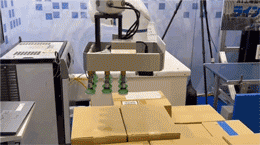
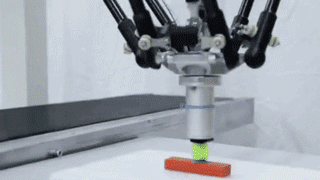
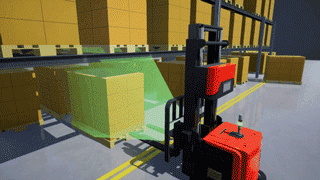
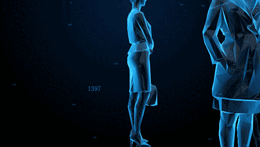


 EN
EN

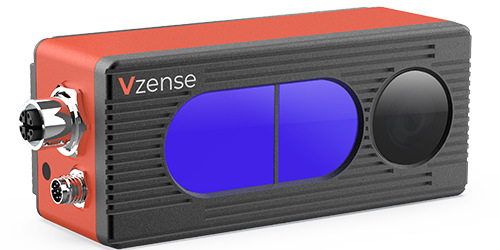
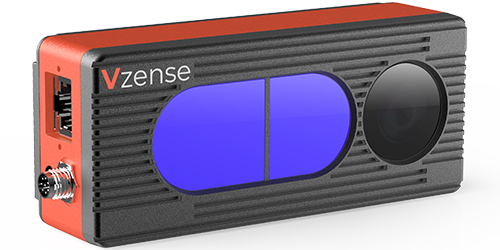
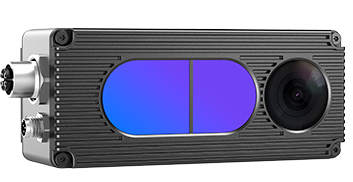
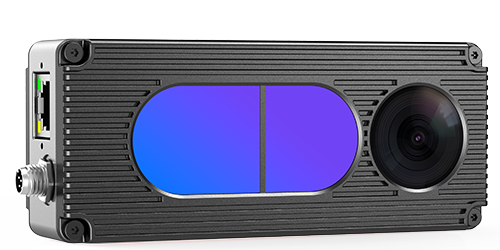











.jpg)













